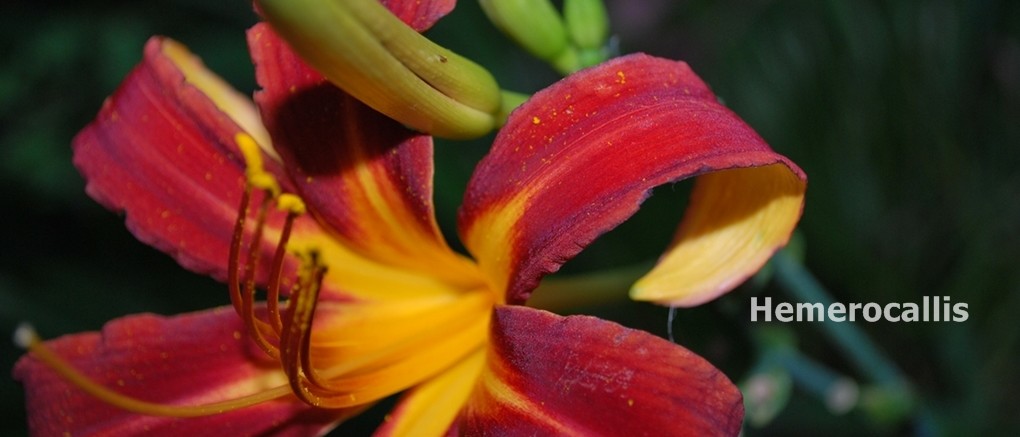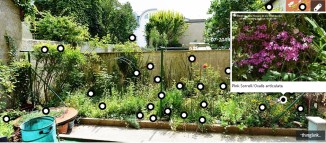.
.
Text from Wikipedia: Sempervivum /sɛmpəˈvaɪvəm/,[1] is a genus of about 40 species of flowering plants in the Crassulaceae family, known as houseleeks. Other common names include liveforever and hen and chicks. They are succulent perennials forming mats composed of tufted leaves in rosettes. In favourable conditions they spread rapidly via offsets, and several species are valued in cultivation as groundcover for dry, sunny spots.[2]
.
Related links:
- https://en.wikipedia.org/wiki/Sempervivum (Wikipedia in English)
- https://fr.wikipedia.org/wiki/Joubarbe / (Wikipedia en français)
- https://de.wikipedia.org/wiki/Hauswurzen (Wikipedia in Deutsch)
- https://en.wikipedia.org/wiki/Hen_and_chicks (Wikipedia in English)
- http://www.florealpes.com/fiche_joubarbetoit.php (en français)
- http://www.youngs-garden.com/blog/jovibarba-hen-chicks/ (in English)
- …
.
.







